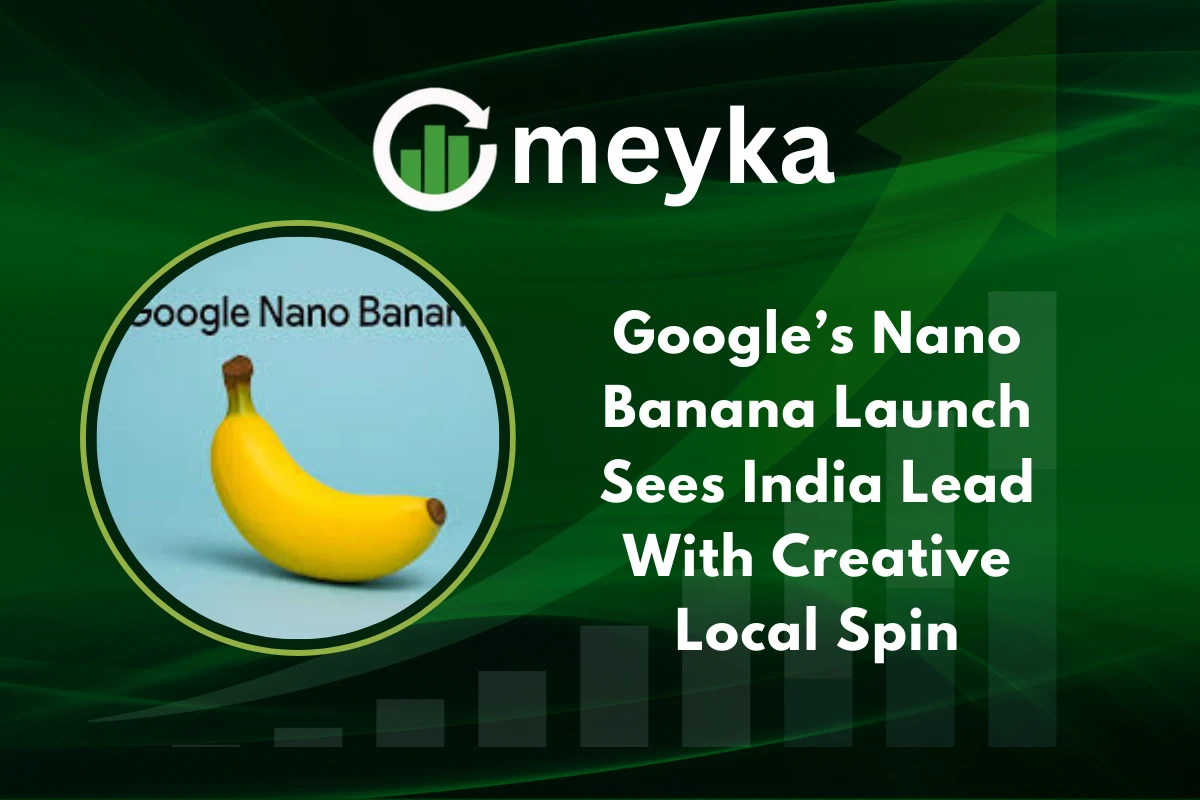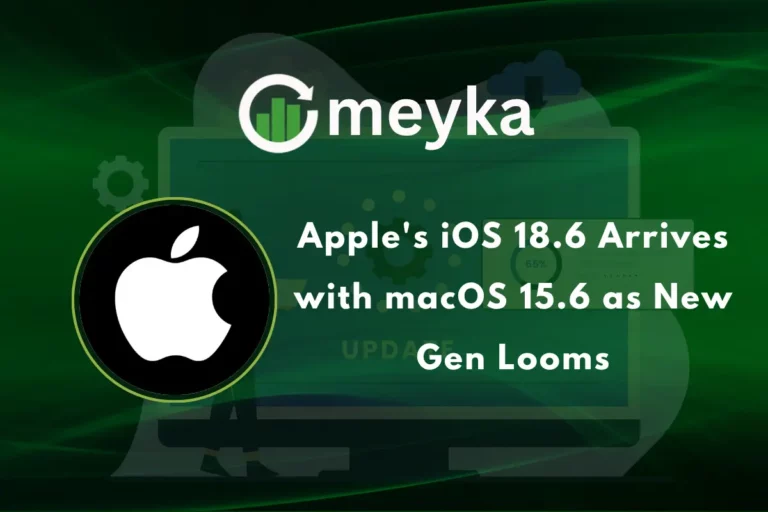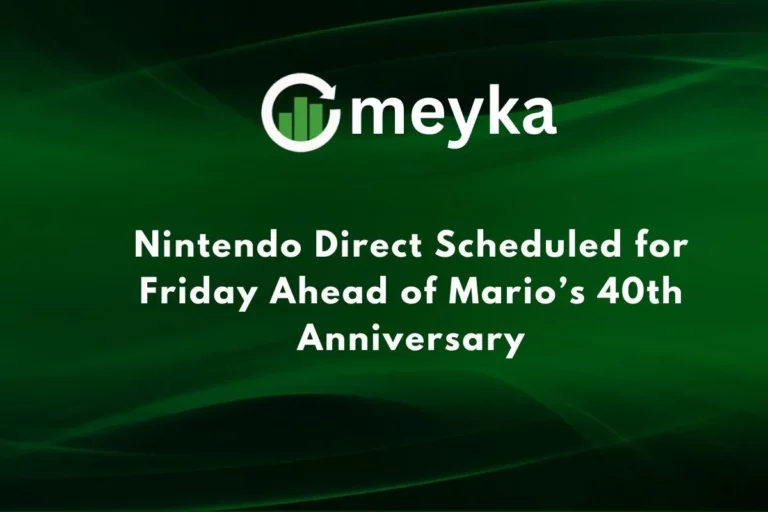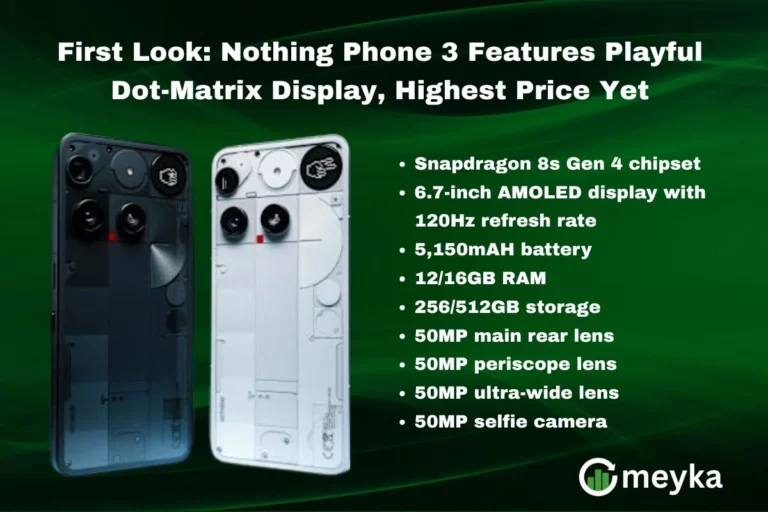Google’s Nano Banana Launch Sees India Lead With Creative Local Spin
Google’s Nano Banana launch has quickly become one of the most talked about cultural-tech moments of the year. The Nano Banana, designed as a playful yet innovative global campaign, has captured attention everywhere. Yet, it is in India where the idea has taken a unique and creative turn, proving once again how local culture can redefine a global product.
From Bollywood-inspired AI portraits to meme-worthy moments that went viral, India has transformed the Nano Banana launch into something more than a product release. It has become a cultural trend, sparking conversations in entertainment, technology, and marketing alike.
What is the Nano Banana and Why Does it Matter?
At its core, the Nano Banana is Google’s experiment in merging product design, AI-powered creativity, and consumer engagement. The concept may sound quirky, but it reflects Google’s push toward blending technology with everyday cultural touchpoints.
The Nano Banana is marketed as a micro-sized smart device shaped like a banana, intended to act as both a playful digital assistant and a symbol of creative innovation. By using AI-driven personalization, it can generate memes, portraits, and interactive content instantly.
For Google, this marks another bold attempt to make tech products fun, relatable, and highly shareable.
India’s Role in Shaping the Nano Banana Trend
Why is India leading the Nano Banana trend?
India has taken the Nano Banana launch far beyond its original scope. Thanks to its massive social media population and a love for playful, meme-ready content, India has emerged as the unofficial capital of Nano Banana creativity.
- Bollywood fans created AI-powered portraits of famous stars holding the Nano Banana.
- Influencers blended the launch into cultural moments, from cricket jokes to festival memes.
- Local media outlets such as TechBuzz and FindArticles highlighted how Indian users were shaping the global narrative.
A viral tweet by @ali_alsama7i captured the energy perfectly:
Global Reactions Compared to India
Outside of India, the Nano Banana was received more as a quirky piece of digital marketing. In the United States and Europe, reviews focused on its novelty value. In Japan, the playful banana aesthetic aligned well with kawaii culture, creating niche fan art.
But unlike India, where users turned it into a viral movement, other regions largely stayed within tech circles. This difference underscores how cultural adaptation can amplify or limit the impact of global product launches.
Cultural Creativity: Bollywood AI Portraits and Memes
One of the most striking aspects of the Indian response was the creation of Bollywood AI portraits. These digitally generated images showed stars like Shah Rukh Khan, Priyanka Chopra, and Amitabh Bachchan humorously holding the Nano Banana.
Fans on X (formerly Twitter) flooded timelines with AI memes, with another viral reaction coming from @aonnoyux:
Combined with short-form videos on Instagram Reels and YouTube Shorts, the Nano Banana became more than a device: it became entertainment.
The Marketing Implications of the Nano Banana
How does the Nano Banana connect culture and technology?
Google’s strategy with the Nano Banana shows how product launches can succeed by blending tech with humor, memes, and culture. Rather than positioning it as a purely functional gadget, the campaign leaned into cultural storytelling.
India’s response has provided valuable lessons for global marketers:
- Localization drives virality: Adapting products to local pop culture ensures deeper engagement.
- AI creativity fuels sharing: Meme and portrait generation gave users tools to personalize and spread the trend.
- Community-led campaigns win: Instead of polished ads, organic user content defined the launch.
Expert Opinions and Reactions
Industry analysts highlighted how the Nano Banana represents a shift in tech marketing. A Reuters column noted that it could mark the beginning of AI-driven consumer products designed with virality in mind.
DBS Insights compared it to previous viral launches, pointing out that India’s cultural creativity elevated the product globally. Meanwhile, Cointelegraph emphasized the role of AI-powered personalization in making the Nano Banana more than a gimmick.
A YouTube breakdown of the trend also gained traction:
What makes the Nano Banana special?
\Its quirky design and AI-powered personalization make it stand out from traditional tech products.
Why is India’s response different? India’s mix of Bollywood culture, social media creativity, and meme culture amplified the trend globally.
Is this just marketing, or is it meaningful tech? While playful in nature, the Nano Banana signals how AI-driven personalization will shape future consumer products.
How has global culture responded? Reception has been positive worldwide, but India’s creative spin made the launch truly global.
The Future of Cultural-Tech Products
The success of the Nano Banana in India suggests a future where global product launches must account for local creativity. In an era where AI tools allow users to generate content instantly, companies that embrace community-led adaptation will likely succeed.
By bridging AI technology with cultural storytelling, Google has shown a path for future campaigns. From meme culture to interactive AI experiences, the Nano Banana could inspire a new wave of global launches designed for both function and fun.
Conclusion
Google’s Nano Banana launch is a reminder that products today are not just about functionality but about cultural impact. While the quirky device made headlines worldwide, it was in India where it turned into a viral sensation through Bollywood-inspired AI portraits, memes, and grassroots creativity.
For global marketers, the lesson is clear: cultural adaptation matters. India’s spin on the Nano Banana launch has reshaped its global narrative, proving that local creativity can set the standard for worldwide campaigns.
As tech continues to blend with entertainment and culture, the Nano Banana may just be the first of many launches where AI, humor, and storytelling come together to redefine consumer engagement.
FAQ’S
A nano banana image refers to the creative AI-generated visuals tied to Google’s Nano Banana launch, often shared as memes or digital art.
Nano bananas can be used as part of Google’s AI-powered feature set, creating personalized memes, portraits, and fun interactive content.
To create AI images in Gemini, open Google Gemini, type your prompt, and let the tool generate visuals instantly with customizable options.
Yes, Nano Banana is a playful Google-led launch blending AI, culture, and entertainment, introduced to spark creative engagement worldwide.
Google Gemini AI has both free and premium versions, with the free plan offering limited features and the paid plan unlocking advanced tools.
Gemini and ChatGPT are both AI models, but Gemini is Google’s product while ChatGPT is developed by OpenAI, each with unique strengths.
Yes, Google Gemini is designed with safety in mind, using strict content filters, transparency, and responsible AI practices to protect users.
To build an AI tool, you need data collection, a machine learning model, coding frameworks like TensorFlow or PyTorch, and deployment resources.
Disclaimer
This is for informational purposes only and does not constitute financial advice. Always do your research.






